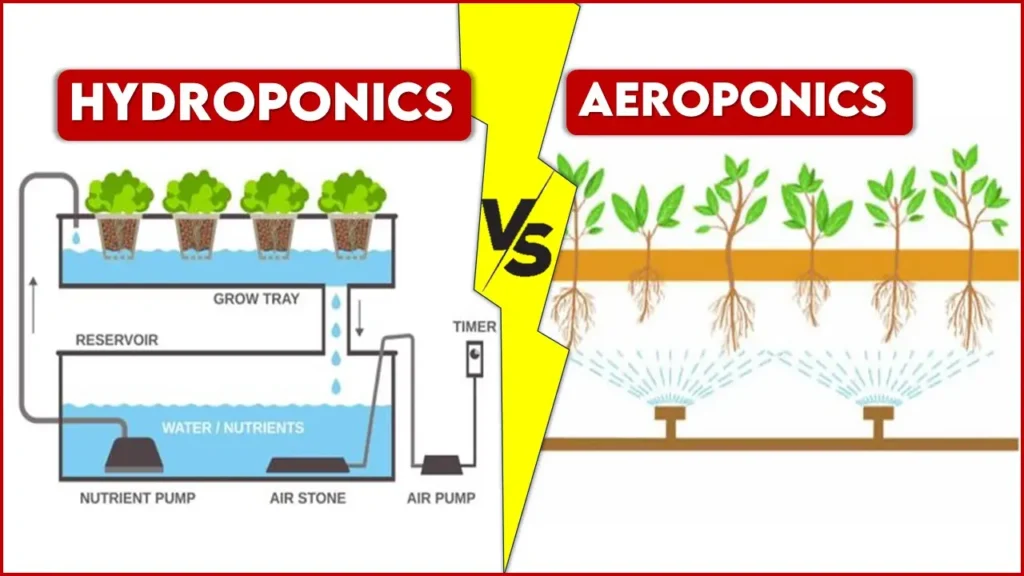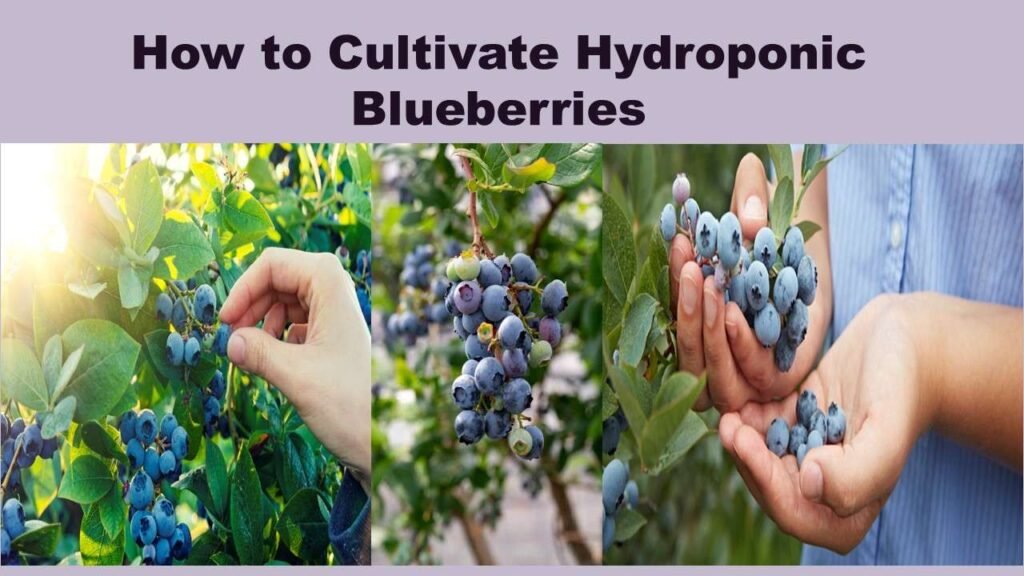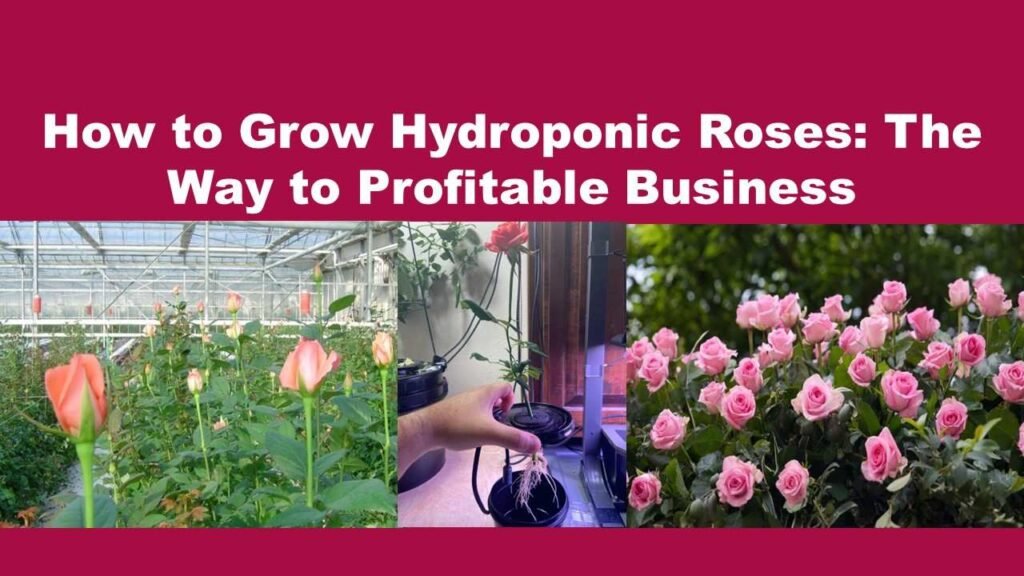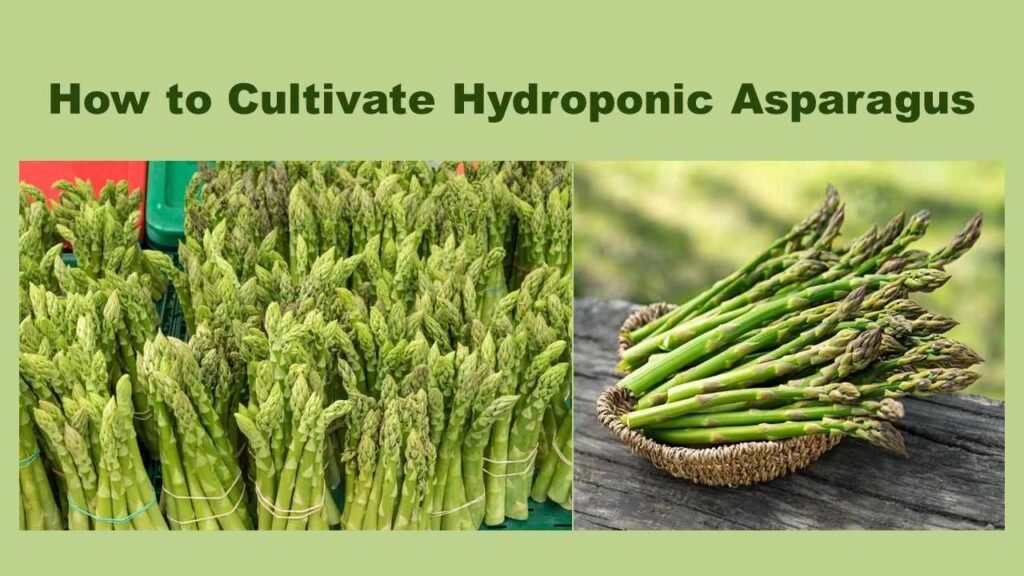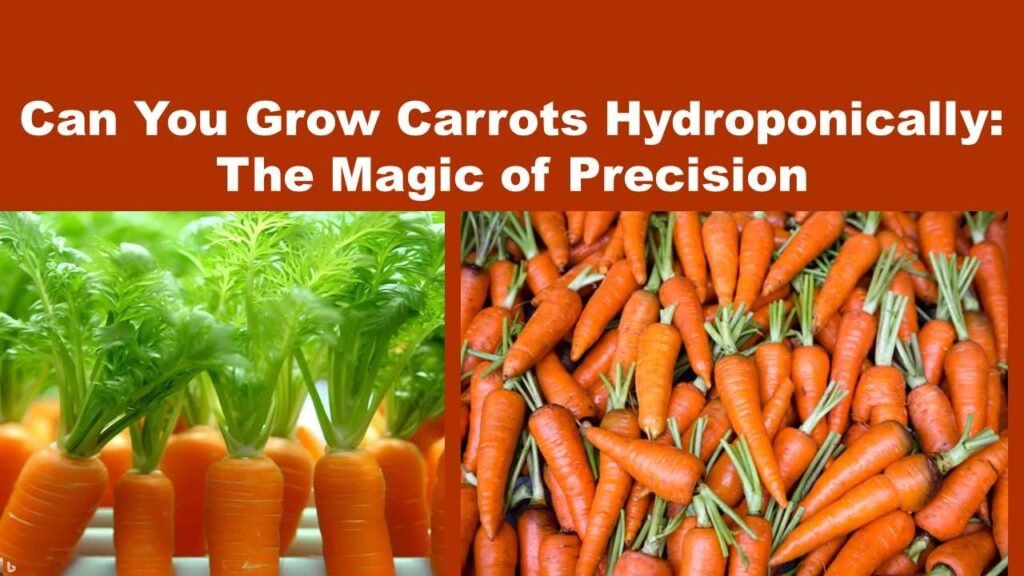How to grow Hydroponic Peppers: Cultivate Pride of Spices
How to grow Hydroponic Peppers or Peppers generally dried to use as a spice or seasoning. There are many types of peppers like black pepper, bell pepper, sweet pepper, Thai pepper, and paprika peppers. The word pepper is derived from the Sanskrit word -Pippali which is long pepper. In local terms, it is also known as Milagu (in Tamil), Kuru Mulago (in Malayalam), and Miriyam (in Telugu).
The fruit type is a drupe (peppercorn, 5mm in diameter), dark red, consists of a stone, and encloses a single pepper seed. It is an Indian native spice (Southern India) that has been used for the human diet for years, in food preservation and is an important component in traditional medicines.
Owing to an alkaloid Piperine, pepper has sharp and stinging qualities. Piperine stimulates the digestive enzymes of the pancreas and so augments digestive capacity and gastrointestinal food transmission time. Due to its abundant demand in food products and also in health benefits, hydroponics peppers came a long way in obtaining a bountiful harvest of peppers. Plus, hydroponic peppers are cultivated in controlled environmental conditions which leads to healthier growth and more pepper plants. Some growers choose to raise a mix of peppers to have a diverse harvest.
Nutritional Facts and Health Benefits: Hydroponic Peppers
The genus Capsicum has more than 30 species of flowering plants in the form of fleshy-fruited peppers, bell- peppers as a vegetable, and hot peppers that are used as a spice. Others are grown for ornamental purposes.
The table below consists of the amount of nutrients in black pepper and bell peppers, respectively:

| Black Peppers | Bell Peppers | |
| Energy (in calories) | 5.77 | 31 |
| Protein (g) | 0.239 | 1 g |
| Carbohydrates (g) | 1.47 | 6 g |
| Fiber (g) | 0.582 | 2.1 g |
| Sugars (g) | 0.015 | 4.2 g |
| Calcium (mg) | 10.2 | 1 % |
| Iron (mg) | 0.223 | 1% |
| Magnesium (mg) | 3.93 | 2 % |
How to grow Hydroponic Peppers : Step-by-Step Guide to Grow
Hydroponics is a popular method through which one can raise hydroponic peppers. Growers should consider the following methods to How to grow Hydroponic Peppers :
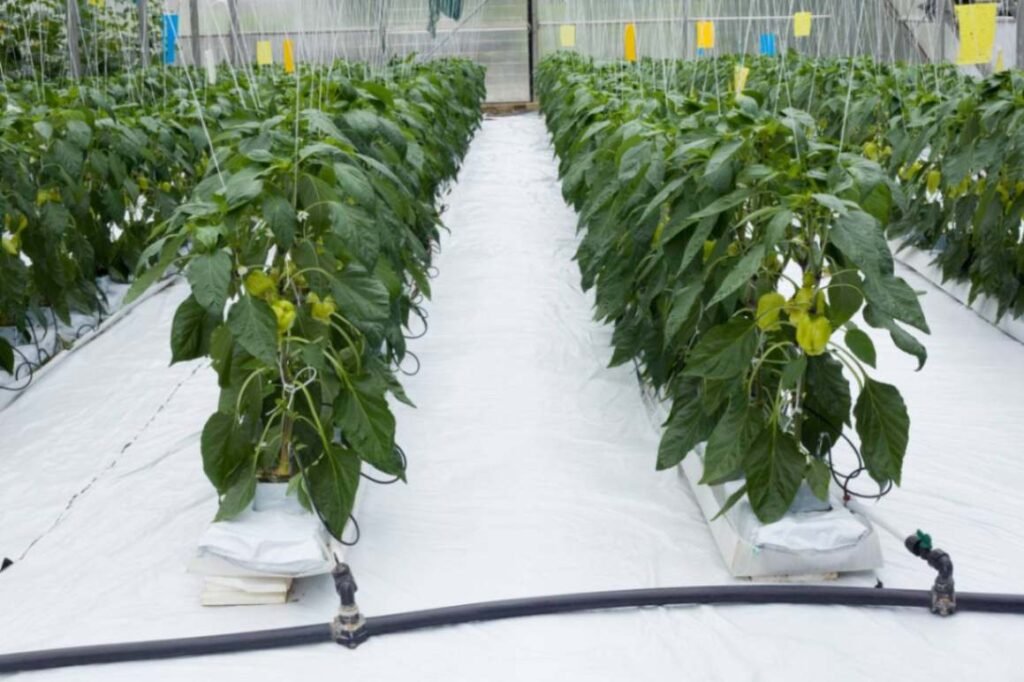
1. Selection of Suitable Pepper Variety to Grow Hydroponic Peppers:
For a beginner, the Anaheim pepper is most suitable as it is a mild type of pepper. Other known examples include bell peppers, chili peppers, sweet peppers, hot peppers, and many green peppers that are popular as a variety for hydroponic peppers. Examples like: Poblano, Tabasco, Scotch bonnet, Pepperoncini, etc.
2. Choose the Growing Medium:
Select the media that have good aeration and drainage. Soilless mix is the most desirable choice for hydroponic peppers. It is made up of three materials viz, peat moss, vermiculite, and perlite. It is lightweight and provides good drainage which is perfect for hydroponic peppers. Along with this, rockwool is another medium that is ideal for seed germination due to its property of maintaining constant moisture and air permeability.
Perlite, alone is also considered good as it improves the drainage and aeration of other mediums, ideal for plants that require good airflow around the roots. Coco coir is a natural and organic growing medium for hydroponic peppers that also imparts a good balance of water retention and aeration.
3. Select Growing Container:
Growers can use a large plastic tub to raise hydroponic peppers that are relatively cheap and easy to find. Buckets, barrels, and large pots can be utilized too. There should be drainage holes present inside the container to facilitate the in and outflow of water. The container should be big and accommodate a good amount of peppers. Also, the hydroponic peppers require 12-18 hours of light which depends upon the variety of pepper grown and the type of power of artificial lights.
4. Choose Nutrient Solution:
A nutrient solution must contain all the essential nutrients that are required for hydroponic peppers. 3 main types of nutrient solutions are there, synthetic, organic, and mineral. Among these, synthetic solutions are most common and are made from inorganic chemicals. Organic solutions are composed of organic minerals like compost or manure and are safe for the environment while a mineral solution consists of naturally occurring elements or compounds.
Most peppers go well with 8-8-8-type of liquid nutrient solution because nitrogen helps in promoting growth, phosphorus to use and store energy, and potassium to develop immunity against diseases. Master blend and power crow are the two most popular nutrients to grow hydroponic veggies including peppers. Hydroponic peppers prefer a pH of 6 to 7, though capable of tolerating a slightly low pH too of 5.5, depending upon the species.
5. Setting up of Hydroponic System:
Hydroponic peppers can be grown in a diversity of hydroponic systems that are available everywhere. The well-known examples include the nutrient film technique (NFT), the Ebb and flow method, Drip irrigation, and Wick systems.
NFT:

It is composed of a thin film of nutrient-rich solution flowing over the plant’s roots. To support the plants, there are channels/gutters made up of PVC. The main convenience is its high water efficiency and uses less nutrient solution, unlike other hydroponic systems. A continuous supply of water and nutrients to the plants is available all the time. Through this system, a grower can produce up to 2 pounds of hydroponic peppers per harvest. Moreover, this can be placed in any size garden.
It accommodates up to 30 plants and is economical for a grower if he wants to grow other varieties of crops along with hydroponic peppers.
Drip Irrigation Method:
It has tubes and emitters placed which helps in delivering a precise amount of nutrient solution directly to the roots of the plants. In this, the solution passes through the growing medium either rockwool or coconut coir, and then to the plant’s roots. Recirculation occurs by the draining of excess solution back into the reservoir. For such kit is the MARS HYDRO auto drip irrigation kit. Primarily, it is a drip system and can also convert to a DWC bucket system by adding a few parts. These buckets are worthy for raising huge pepper plants. By this method, the issue of over-watering and under-watering to the hydroponic peppers can be eliminated.
Ebb and flow:
In this system, the plants are grown in a container that is kept above the tray which is filled with water. There is a timer that helps to pump water into the grow tray and after some time it drains back into the reservoir. Flooding and draining back of water is the main principle.
Wick Systems:
Again, it is a type of soilless gardening that helps the grower raise hydroponic peppers by utilizing water, a nutrient medium, and a wicking material. This system goes well for most of the pepper plants. In this, a wick system draws water up from a reservoir to a soilless medium into which plants are kept, so the need for the pump to oxygenate the water is eliminated. It is the best possible method for beginners who are growing hydroponic peppers.
6. Harvesting:
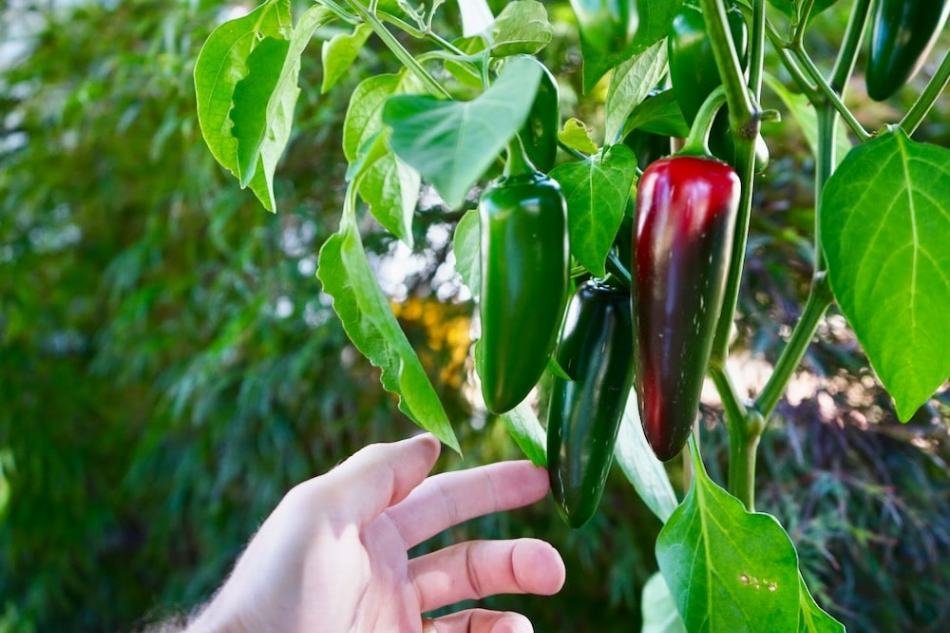
It takes a few weeks to harvest hydroponic peppers and color will change at maturity. Generally, hydroponic peppers take 60-80 days depending on the species raised. The grower can reduce the overall period by cutting down the time of germination days by starting the seeds in miniature houses or a seed-starting system. Hydroponic peppers are harvested with sharp scissors or garden shears and carefully cut the stem that connects the plant to the fruit. To extend the production period of hydroponic peppers, the grower should harvest the fruit as and when needed and not all at once.
Hydroponic Peppers: How it feels to Palate?
Hydroponic peppers are known to be bigger, tastier, and smell nicer in comparison to soil-grown peppers. It is owing to the reason of controlled environmental conditions over the growing area. Taste is also influenced by changing the light levels and adjusting the nutrient level solution.
Common Hydroponic Peppers Problems:
The grower may face the following significant problems while raising hydroponic peppers:
1. Pests Incidence:
Hydroponic peppers are susceptible to aphids, spider mites, whiteflies, and fungal gnats.
2. Poor Lightning:
For hydroponic peppers, invest in proper indoor grow lights like LEDs or powerful fluorescents to make good lighting available for the plants. The hydroponic peppers should get plenty of light to obtain an abundant harvest. Installation of HID and LED lights is best if one has transplanted peppers into the hydroponic system. On average, 14-18 hours of light each day is sufficient for growing bell peppers. The light intensity also plays an essential role in the growth and fruit development of hydroponic peppers. The light fixtures should placed at an appropriate distance from the plants i.e. 30-60 cm above the top of the plants to prevent the burning of leaves.
3. Failure in Monitoring of Plants:
Regular supervision of the hydroponic peppers is necessary so that things continue to run smoothly. One can put a daily schedule to check the pH, EC, water temperature, and the general status of the system and hydroponic peppers. These all factors depend upon the variety that a grower is cultivating. A pH between 5.5 and 6.5 is regarded as ideal. The EC of a 6-week-old plant should be increased to a level of 2.5.
4. Improper Maintenance of Hydroponic System:
A grower should always keep the hydroponic setup properly by cleaning it regularly for 2-3 weeks and then putting it back in place. Clean the pumps, filters, and grow sites also. The main reservoir should be filled with fresh water and nutrient solution.
Wrap Up:
Hence, from the above information, one can conclude that peppers are among the popular vegetables that can be raised by a hydroponic system. The hydroponic peppers are easy to cultivate and take only about 70 days to maturity. Some other advantages include thicker pepper plants, better flavor and perfume, and a faster pace of growth. Hydroponic peppers or other vegetables are considered much safer as compared to chemically grown traditional vegetables that are cultivated in the field. Therefore, with the change and advancement in the healthy scenario, hydroponic peppers will pave its way.
Join Our Hydroponics Growers Group!
Connect with fellow hydroponics enthusiasts, share your ideas, ask questions, and grow together as a community.
👉 Join WhatsApp Group

